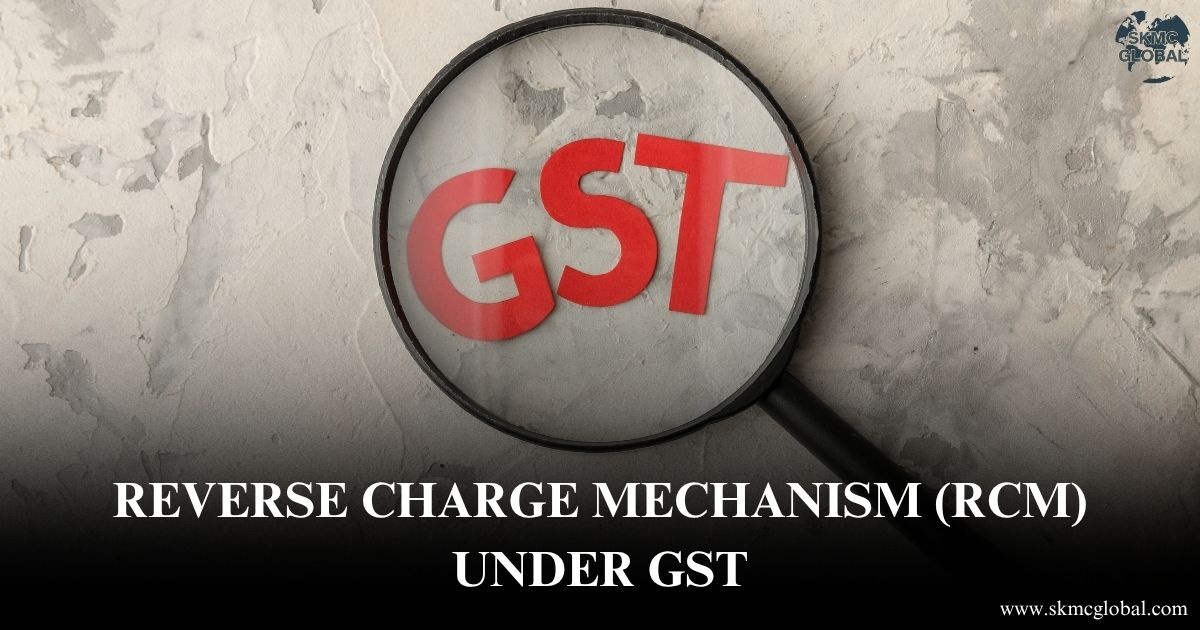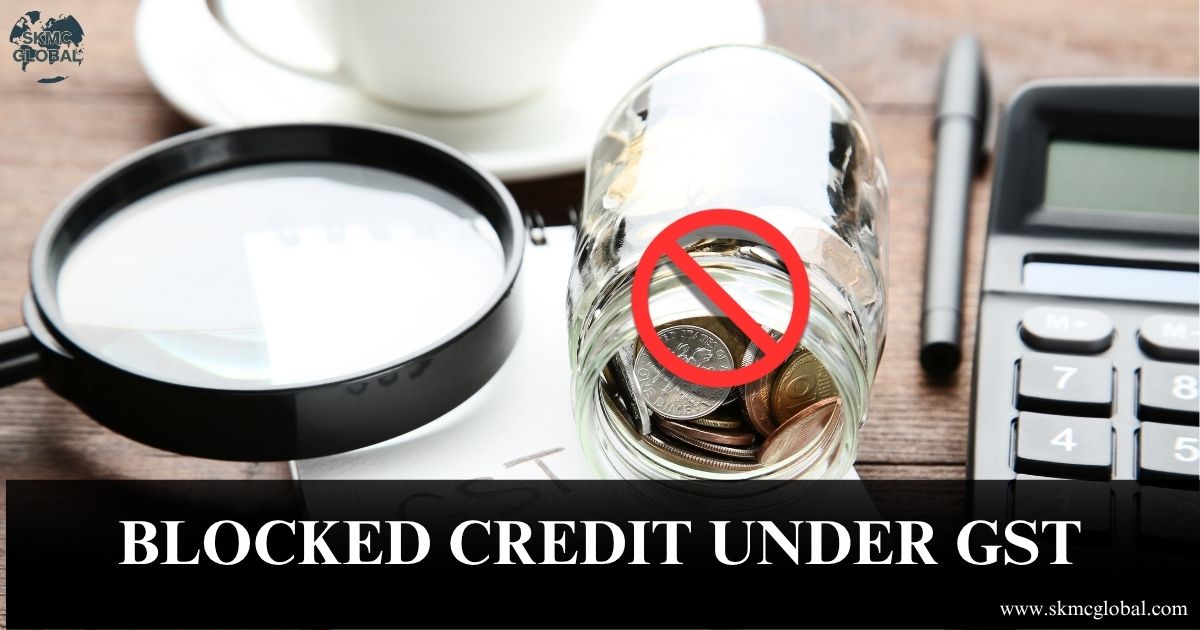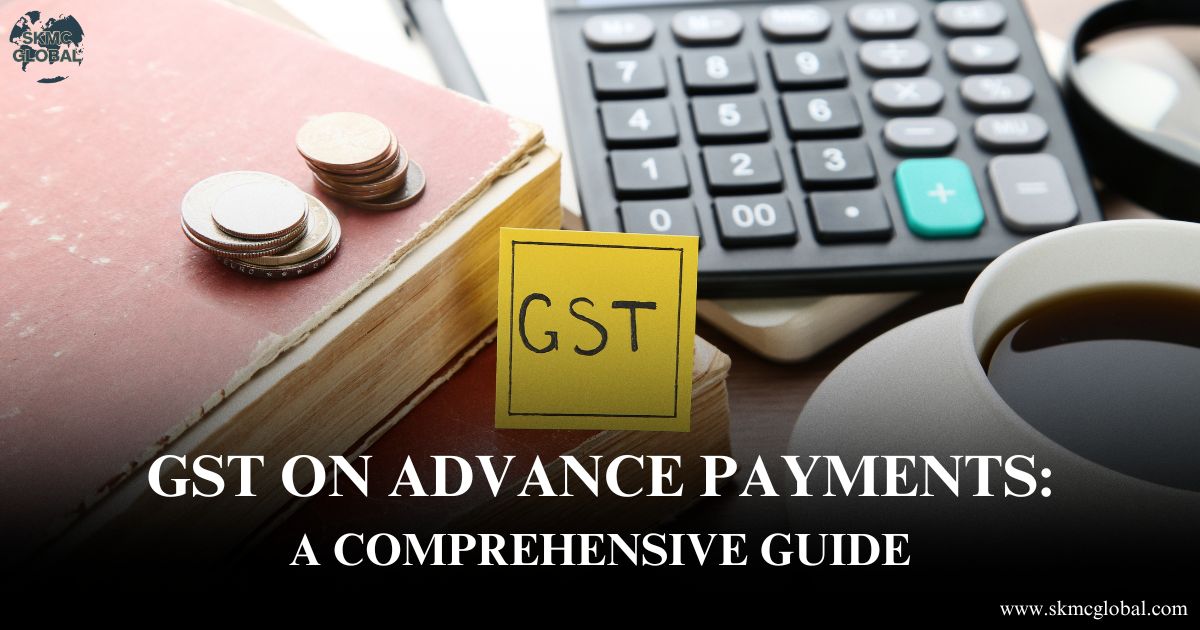
Reverse Charge Mechanism (RCM) Under GST: Complete Guide for 2025
India's indirect tax regime changed drastically when the Goods and Services Tax (GST) regime came into effect in 2017. Of the slightly more intricate but significant features of GST is the Reverse Charge Mechanism (RCM). With 2025 approaching, there is a need to study RCM in order to be compliant and avoid penalties by businesses, tax practitioners, as well as suppliers.
This entire guide provides the answer to what is RCM, when to use it, amendments up to the year 2025, and how to handle it.
What is Reverse Charge Mechanism (RCM)?
In normal GST process, tax liability is under control of provider of goods or services and is incurred to be paid to the government. But under Reverse Charge Mechanism, tax liability is under control of receiver of goods or services, not the provider.
RCM is applied in certain situations when the government wants to get better tax compliance or want to integrate unorganized sectors in tax base.
Provisions of GST Act
Here are the provisions of the Central Goods and Services Tax (CGST) Act, 2017 that govern RCM:
Section 9(3): Government furnishes intimation of notified goods or services on which tax is payable on reverse charge.
Section 9(4): Registered person has to pay the tax on purchase from an unregistered dealer on notified goods/services.
Section 5(3) and 5(4) of Integrated GST (IGST) Act, 2017 is a copy of inter-state supply provisions.
Major Scenarios Where RCM Applies
- CBIC Specified Goods and Services (Section 9(3))
- Acquisition from Unregistered Dealers (Section 9(4))
Some typical common goods/services notified under RCM are:
i) Service/Goods Supplier Recipient Who Is Required to Pay GST
GTA (Goods Transport Agency) services GTA Specified registered business entities
iii) Advocate/Law Firm legal services Advocate/Law Firm Any registered business entity
iv) Director services by a director Director Company or body corporate
v) Import of services Any supplier other than India Any person (under IGST)
vi) Hiring of vehicles by unregistered dealer Unregistered transporter Any registered business
CBIC continues to consider security services and hiring out of motor vehicles as RCM, but improves threshold exception for small service providers.
Previously, RCM was applied to all acquisitions from unregistered suppliers. But it resulted in uncertainty and compliance. The section was changed: Post 2019: Section 9(4) RCM applies only to notified goods/services, i.e., real estate and construction industry. And as per latest notifications, the builders will still pay tax under RCM on purchase of cement and capital goods from unregistered persons.
Input Tax Credit (ITC) Under RCM
One of the benefits for registered taxpayers is that GST paid under RCM may be availed as Input Tax Credit (ITC), subject to:
i) Goods/services are being utilized for business usage
ii) Taxpayer possesses valid tax invoice and paid cash consideration of RCM
ITC cannot be used in the event of payment made after 180 days from invoice date.
ITC on RCM paid cannot be claimed against credit ledger; must be paid in cash, and brought back through credit.
Compliance & Documentation
i) Invoicing:
a) No GST to be collected by the Supplier.
b) Self-invoices and payment vouchers (in case of unregistered supplier) to be issued by recipient.
ii) Filing GSTR:
a) RCM values are captured in GSTR-3B (Table 3.1 D).
b) ITC availed is captured in GSTR-2B and GSTR-3B (Table 4).
iii) Accounting Entries:
Reverse charge entries auto-populate in the majority of accounting packages (e.g., Tally, Zoho, QuickBooks).
Recent Developments and Clarifications
Auto-Population in GSTR-2B:RCM-related invoices auto-populate nowadays based on input data provided by GSTN systems, which goes a long way in eradicating errors.
Penalty for Non-Compliance:
Revenue department has started sending non-payment or incorrect claim of ITC notice on RCM. Penalty can be: Interest at 18% per annum
Money penalties under Section 122 of CGST Act
RCM on E-commerce Operators: Restaurant service operators like Amazon and Swiggy will have to pay tax under RCM on restaurant services, the deadline for which has been extended to 2025.
Industry-wise Examples
- IT Services Firm: Taking legal services of a law firm – is liable to pay GST under RCM.
- Logistics Company: Receiving GTA's services – liable to pay 5% GST under RCM.
- Real Estate Developer: Purchases cement from unregistered dealer – liable to pay GST under RCM under Section 9(4).
Practical Tips for Businessmen
i) Keep Watching CBIC Notifications: The applicability of RCM can be modified.
ii) Use Good Accounting Software: Auto-generate RCM invoices and ITC processing.
iii) Train Your Finance Team: Awareness of RCM rules is necessary to avoid penalty.
iv) Clean Documentation: Payment vouchers and self-invoices need to be maintained readily available for audit.
Conclusion
Reverse Charge Mechanism is one of the most significant pillars of India's GST regime in making compliance easier. By making it pass on the tax payment obligation to the recipient, it also puts the formalization and the tax base there. In 2025 too, the norms continue to develop, especially with increased digitization and scrutiny through audits. For businesses, preserving RCM applicability, documentation, timely payment, and ITC claims is the smooth path to prevention of disruption and achieving hassle-free compliance. With GST maturing further, RCM will remain a strategic weapon for tax authorities as well as business operators.
Recent Posts
-
 Baggage rules of customs...
Nov 17,2025
Baggage rules of customs...
Nov 17,2025
-
 Reverse Charge Mechanism (RCM) Under GST: A Comple...
Jun 20,2025
Reverse Charge Mechanism (RCM) Under GST: A Comple...
Jun 20,2025
-
 Blocked Credit under GST: Interpretation of Sectio...
Jun 13,2025
Blocked Credit under GST: Interpretation of Sectio...
Jun 13,2025
-
 GST on Advance Payments: What Businesses Need to K...
Jun 12,2025
GST on Advance Payments: What Businesses Need to K...
Jun 12,2025
-
 How to Ensure GST Compliance: Best Practices for S...
May 21,2025
How to Ensure GST Compliance: Best Practices for S...
May 21,2025
